Maserati Karif Classic Cars for Sale
The Maserati Karif is a rare two-door coupé manufactured between 1988 and 1991, with just 221 units produced. Developed as a compact sports car with a luxurious touch, the Karif features a 2.8-litre V6 twin-turbo engine, manual transmission, and a chassis derived from the Biturbo Spyder. Its interior craftsmanship and exclusivity make it one of Maserati’s most unique classics.
Search results
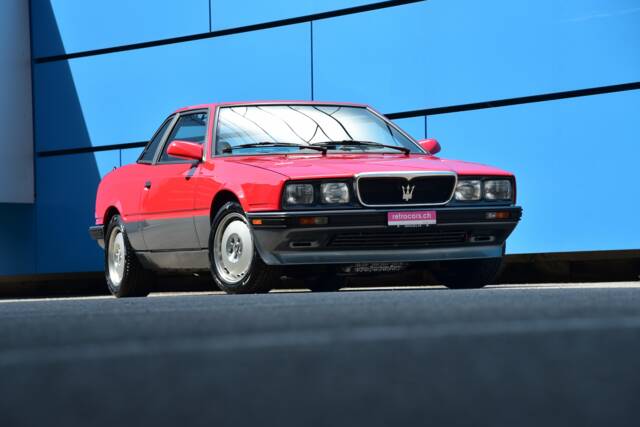
1989 | Maserati Karif
Der besondere und Exklusive 80s Classic Oldtimer. Frisch ab MFK und grossem Service neuen Reifen usw. Ready to Go - Fahrzeug aus erster Hand.
Maserati Karif listing references from Classic Trader
Below you will find listings related to your search that are no longer available on Classic Trader. Use this information to gain insight into availability, value trends, and current pricing for a "Maserati Karif" to make a more informed purchasing decision.
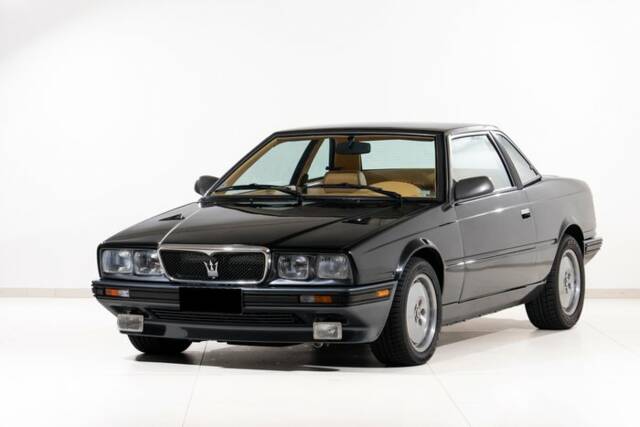
1989 | Maserati Karif
Maserati - Karif - 1989
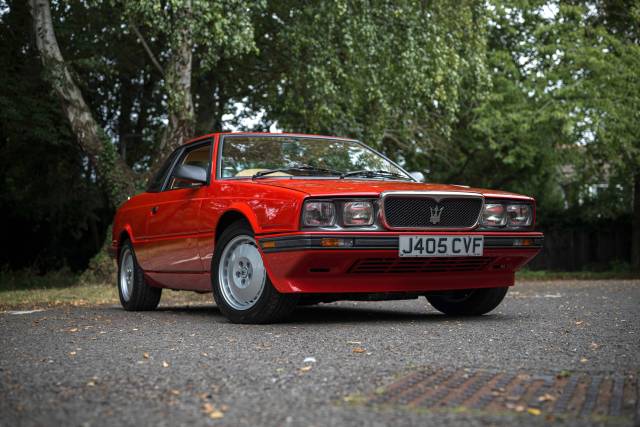
1992 | Maserati Karif
One Of Only 25 RHD Cars Produced
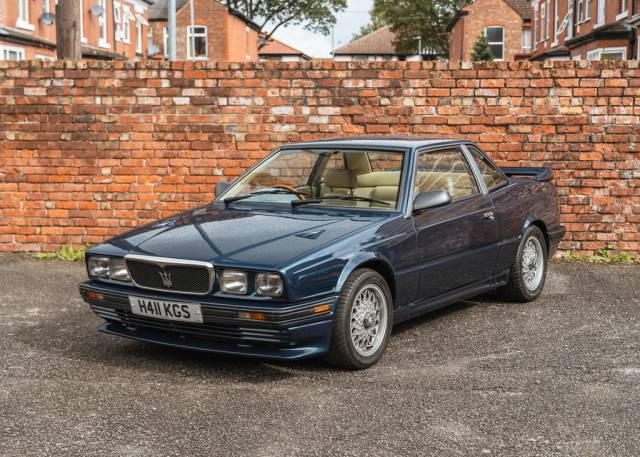
1990 | Maserati Karif
Maserati Karif
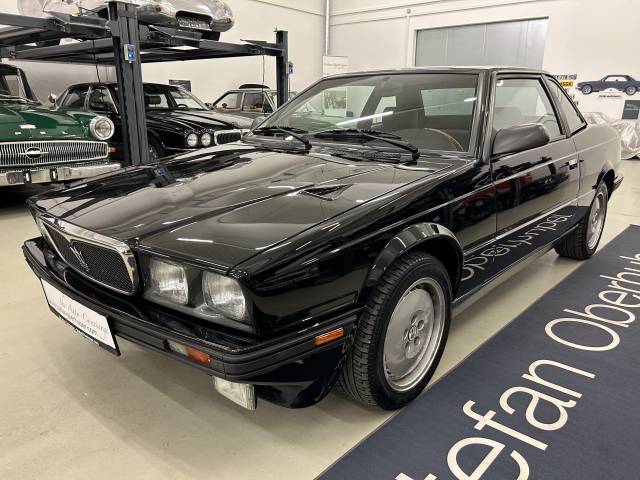
1989 | Maserati Karif
No 35 of 221, history
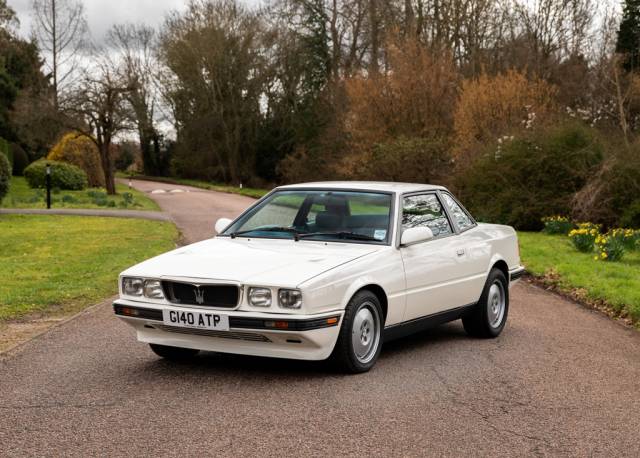
1989 | Maserati Karif
Maserati Karif
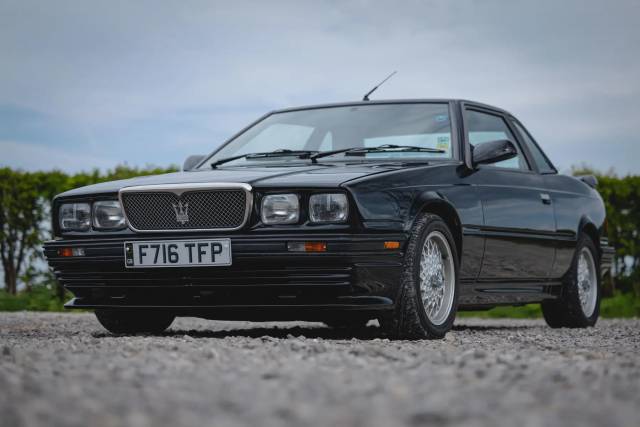
1989 | Maserati Karif
Lovely Example of this Rare Classic
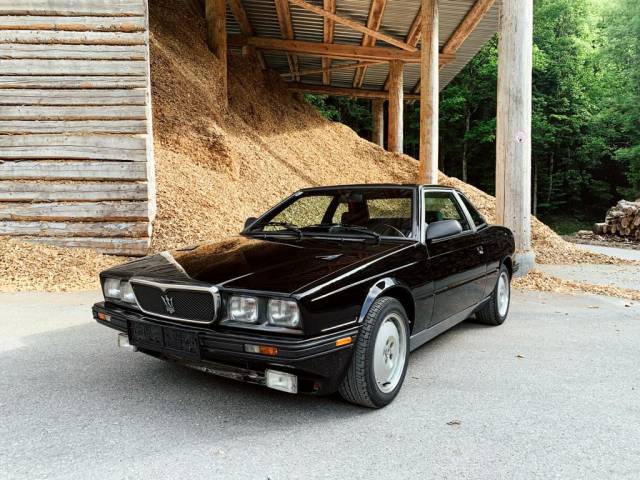
1989 | Maserati Karif
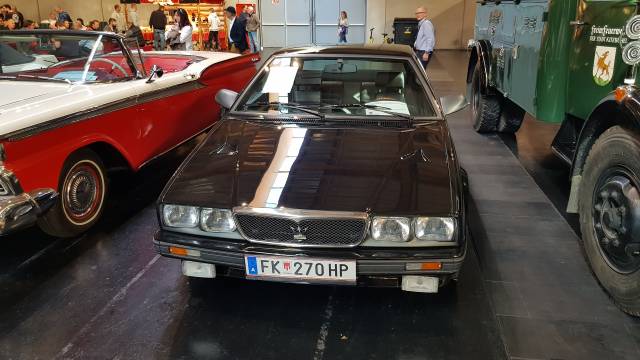
1989 | Maserati Karif
Zu finden auf der Classic Expo Salzburg 2021, Halle 6
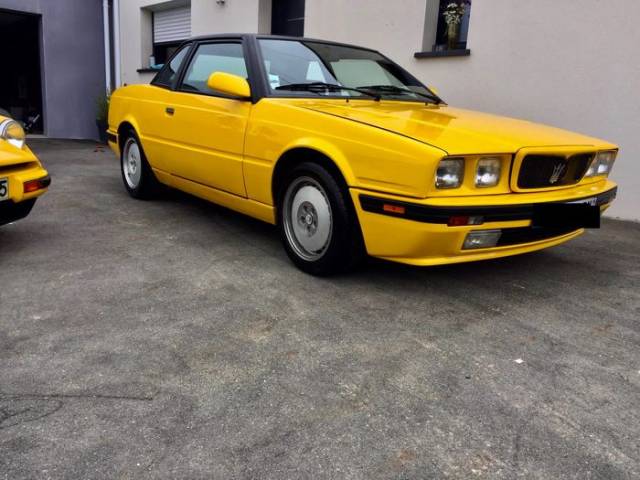
1990 | Maserati Karif
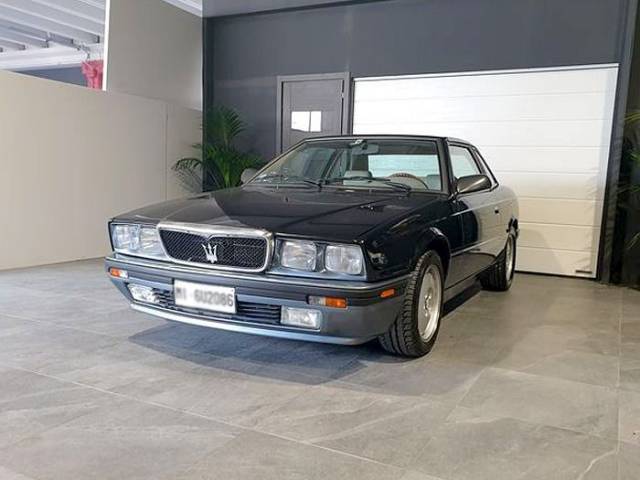
1991 | Maserati Karif
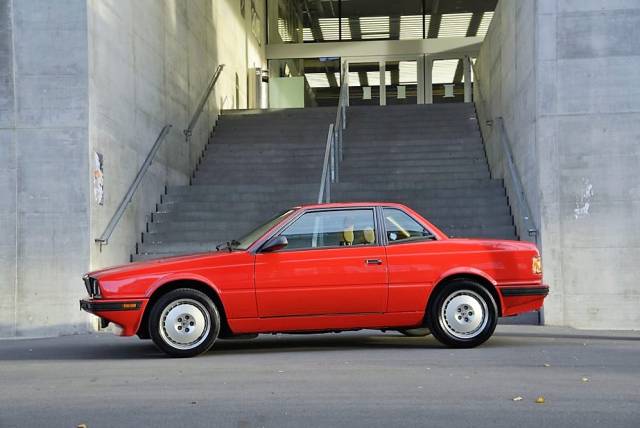
1988 | Maserati Karif
Karif eine Seltenheit der Biturbo-Geschichte die Nr.-10 von 221 produzierten.
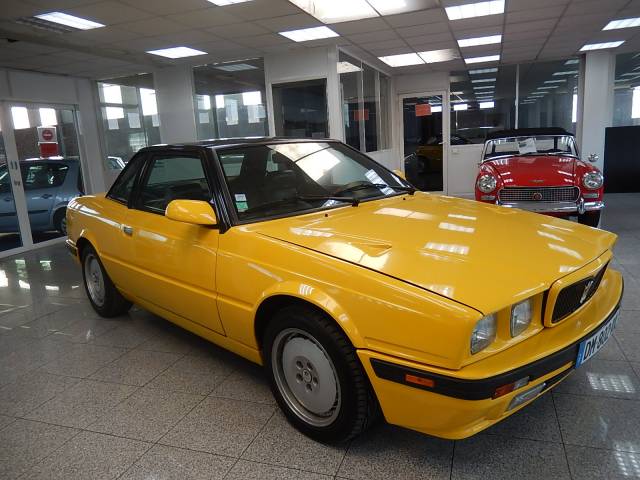
1990 | Maserati Karif
An absolut rarity
History and Development of the Maserati Karif
The Maserati Karif was introduced at the 1988 Geneva Motor Show amid high expectations. It was named after a hot wind from the Gulf of Aden, a nod to Maserati’s tradition of naming models after winds. The car aimed to offer a combination of luxury and performance, targeting buyers seeking agility and race-inspired driving. Initially, Maserati planned a production run of 250 cars, but due to limited market reception, only 221 Karif units were actually built. The car’s exclusivity is partly due to this low production number and Maserati's focus on a compact, driver-focused experience. The Karif was developed during the De Tomaso era, reflecting Alejandro de Tomaso’s vision for high-performance, niche sports cars from Modena.
Model History
The Karif was intended as a spiritual successor to the Maserati Biturbo but took inspiration and its platform directly from the Biturbo Spyder, featuring the same short wheelbase. After the Biturbo series did not meet the manufacturer’s volume targets, the Karif was positioned as an exclusive sports coupé alternative to models like the Porsche 911 Turbo and Ferrari 308. Its production run from 1988 to 1991 marked a focused chapter in Maserati's model history, sitting alongside other Biturbo derivatives of the late 1980s. As a model, it stands as one of the rarest postwar Maseratis produced for road use, followed by Maserati’s renewed focus on larger, more modern coupes and sedans in the 1990s.
Highlights of the Maserati Karif
- Only 221 units produced, making the Karif an exceptionally rare presence in the Maserati family.
- Developed with a 2.8-litre twin-turbo V6, the car prioritised both performance and exclusivity.
- Designed in collaboration with Zagato, it used the Biturbo Spyder chassis for shorter wheelbase and enhanced handling.
- The Karif’s luxurious interior featured high-grade leather and wood, emblematic of Maserati’s commitment to craftsmanship.
- Debuted at the Geneva Auto Show in 1988 as a high-end alternative to established sports car competition, but remained a niche collector’s model.
- 100% of Maserati Karif listings on Classic Trader currently come from this manufacturer code, with 100% of the listing views from Karif models, underlining its exclusivity within the Maserati range.
Technical Data
Special Editions and Collectible Models
All Maserati Karif units are, by definition, exclusive, given the model’s total production of only 221 cars. There are no officially acknowledged special editions beyond standard specification, which already included high-trim interiors and distinctive Zagato design.
Weak Spots and Common Issues
Buyers should be aware that the Karif is associated with high ongoing maintenance costs. Spare parts are expensive and repairs often require Maserati specialists, especially for the complex twin-turbo V6 and electrical systems. Reliability suffers from typical late-1980s Maserati issues, mainly electrical gremlins and outdated electronics, which may complicate restoration or everyday use. The car’s interior can develop typical period issues such as sagging headliners and minor corrosion, particularly in less-used examples. Practicality is limited by the 2-seater layout, offering little storage or passenger room. The model’s limited market demand also affects resale, as most buyers are Maserati or Italian-car enthusiasts specifically looking for the Karif.
Engine and Performance, Transmission and Handling
The Karif’s standout technical feature is its 2.8-litre AM473 V6, twin-turbocharged to deliver a robust 285 PS, channelled through a 5-speed ZF manual transmission. Combined with a curb weight as low as 1,281 kg, these specifications enabled the Karif to reach 255 km/h, an impressive figure for a late 1980s sports coupé. Its short wheelbase, directly borrowed from the Biturbo Spyder, was intended to offer sharp responses and agility—though steering and pedal effort require a driver’s full attention. The chassis, while advanced for its day, is challenging for modern standards, demanding careful setup and attentive driving, particularly at higher speeds. Popular models from this series are generally those with complete service histories and original equipment preserved, as modifications can undermine collectability and reliability. Most buyers seek untouched, original examples, ideally with documented maintenance and unmodified drivetrains, as originality is especially valued among this rare model’s enthusiast base.
Interior, Comfort, Exterior and Design
The Maserati Karif stands out stylistically due to Zagato's influence on the coupé body. Short and aggressive in stance—hallmarks of the Biturbo Spyder platform—the Karif’s proportions are sporty yet compact. The body features original alloy wheels and purposeful Italian design. Inside, Maserati didn’t cut corners: high-grade leather covers the seats, dashboard, and door panels, often complemented by real wood trim. The cockpit is typically configured for two but includes a minimal rear seat section. Accessories and equipment were generous for the time, prioritising driver comfort and aesthetic appeal. Colours were often subdued and elegant, with some cars delivered in deeper Maserati reds, blues, and metallics, aligning with the marque’s understated luxury ethos.
Other Unique Features
Most Karifs are still in the hands of collectors or enthusiasts, meaning that surviving examples often retain original wheels, trim, and even factory paintwork. Though initial list prices were high, current value development remains moderate, with models in driver condition trading from around €25,000 to €35,000. Some examples were sold new in Switzerland, Austria, and Italy, adding further intrigue for provenance-focused collectors.
Summary
With only 221 constructed, the Maserati Karif occupies a singular niche within 1980s sports coupés. Its fusion of twin-turbo V6 performance, compact design, and high-quality Italian craftsmanship make it a target for those seeking a genuine rarity. While running and maintaining a Karif is not for the faint-hearted, given its challenging electronics and expensive parts, its exclusivity and Zagato styling ensure lasting interest among connoisseurs of postwar Maserati history.
